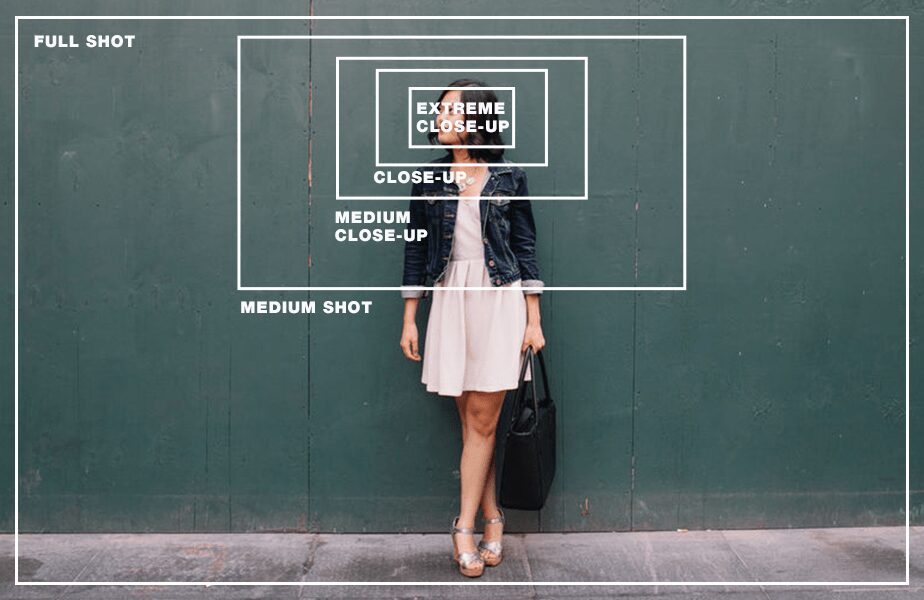
Medium Shots The Definitive Guide To The Medium Shot
Medium Close-Up Falls between a Medium Shot and a Close-Up, generally framing the subject from chest or shoulder up. Close-Up Fills the screen with part of the subject, such as a person's head/face. Framed this tightly, the emotions and reaction of a character dominate the scene.
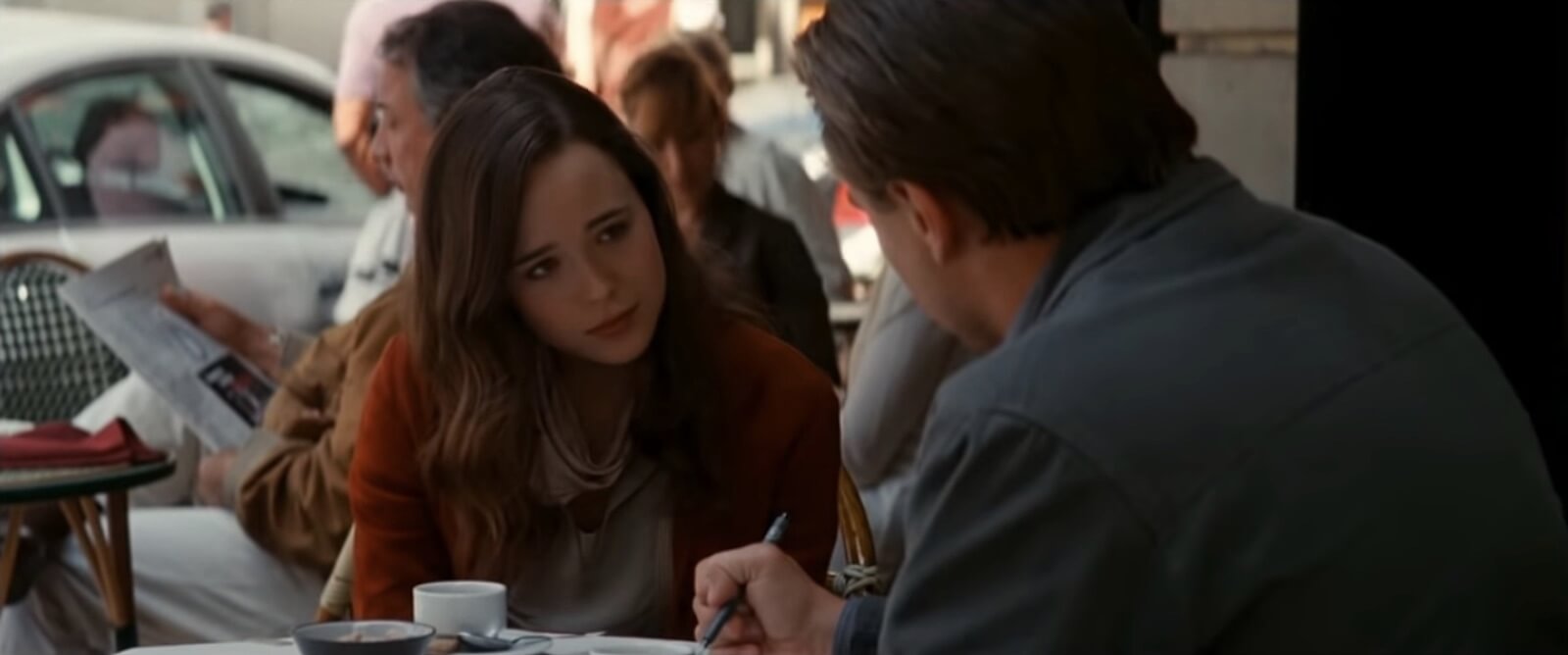
The Medium CloseUp Shot Creative Examples and Why They Work
The medium close up shot can be used to build tension and create suspense. This shot allows viewers to gain insight into a character's thought process and emotional state, which can be used to create a sense of anticipation. The shot also draws attention to the subject's face, allowing for subtle changes in facial expression to be seen.
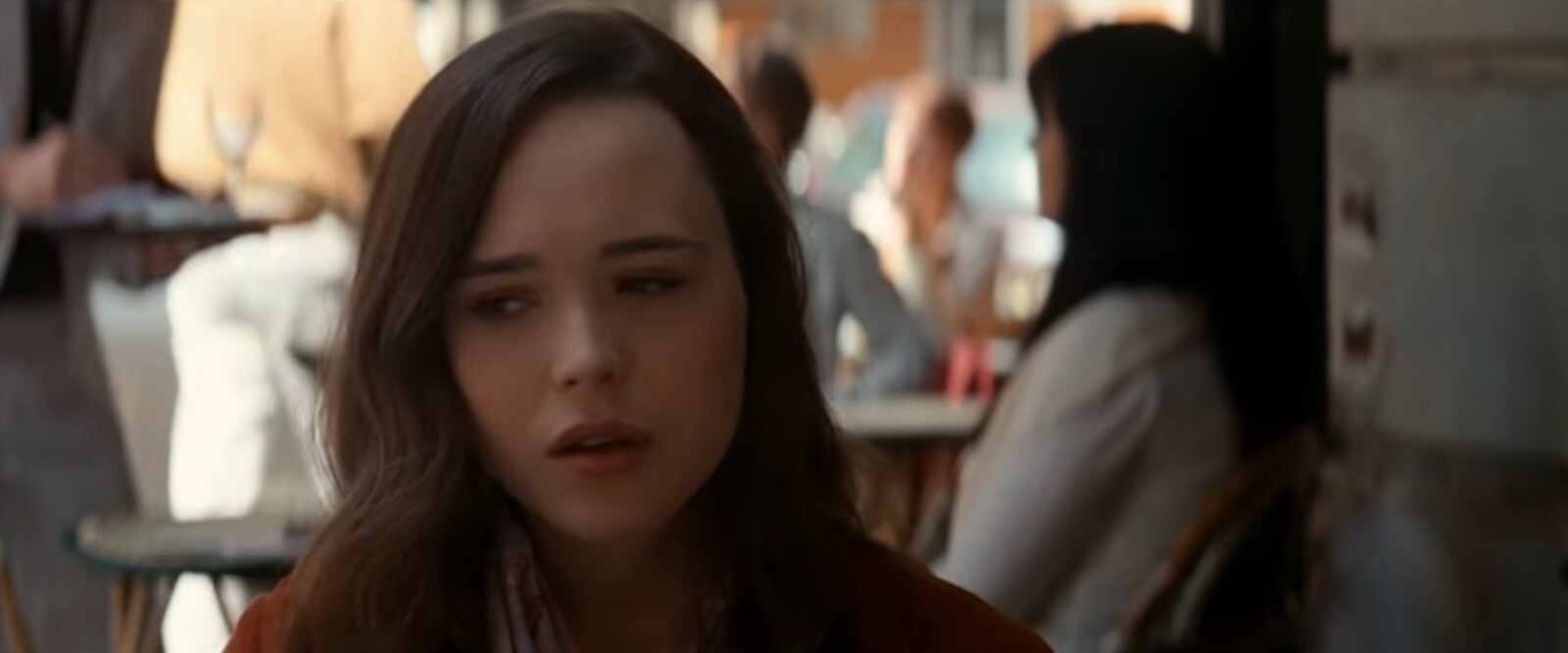
The Medium CloseUp Shot Creative Examples and Why They Work
The Establishing shots are the wide shots. It allows the viewer to take in the entire scene and as an establishing shot is often the first shot in a scene. Medium Shots can be of a subject (full length or cropped); or a medium shot can be a tighter shot of a scene, that doesn't include all of the surroundings that a wide or establishing shot.
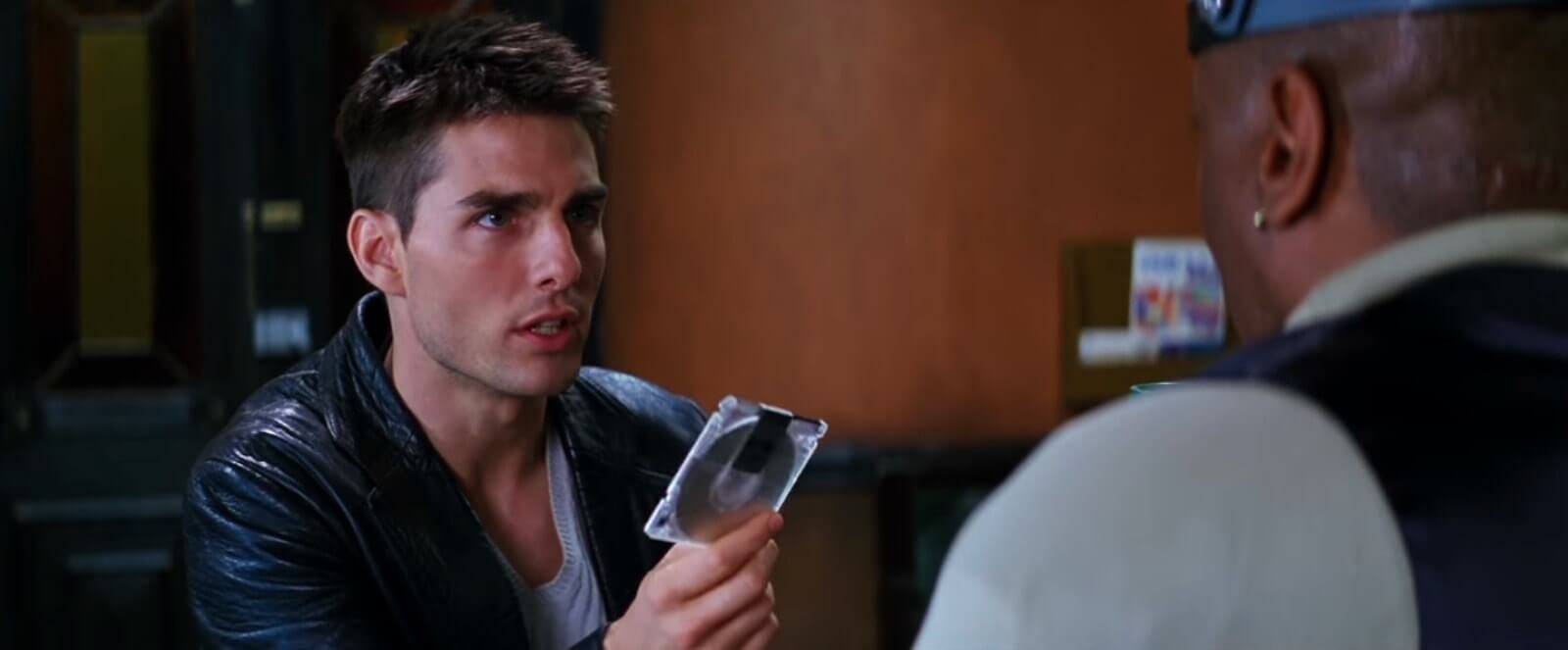
The Medium CloseUp Shot Creative Examples and Why They Work
A close-up shot is a photograph or movie shot taken of a subject or object at close range intended to show greater detail to the viewer. If the subject is a person, the close-up starts at the shoulders and ends at the top of the head. You should be able to recognize the imagery in the frame, and if the close-up is on an actor, there will be a.
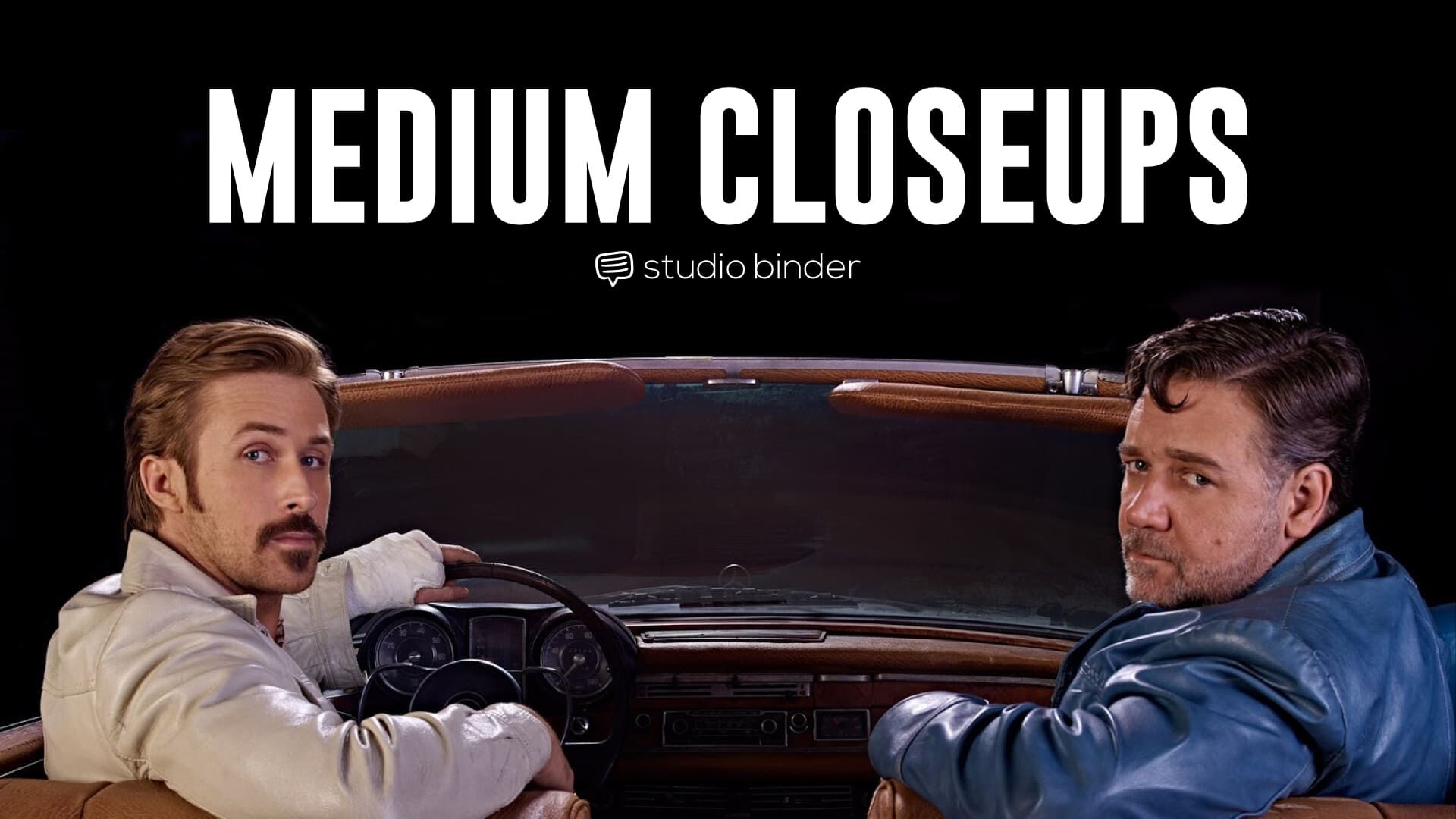
The Medium CloseUp Shot Creative Examples and Angles
The medium close-up is the Goldilocks of shot types because it puts the audience at just the right distance from the subjects' faces. It's perfect for capturing scenes of people talking to the camera or each other or performing other relatively stationary activities. "The medium close-up is semi-intimate," says videographer and editor.
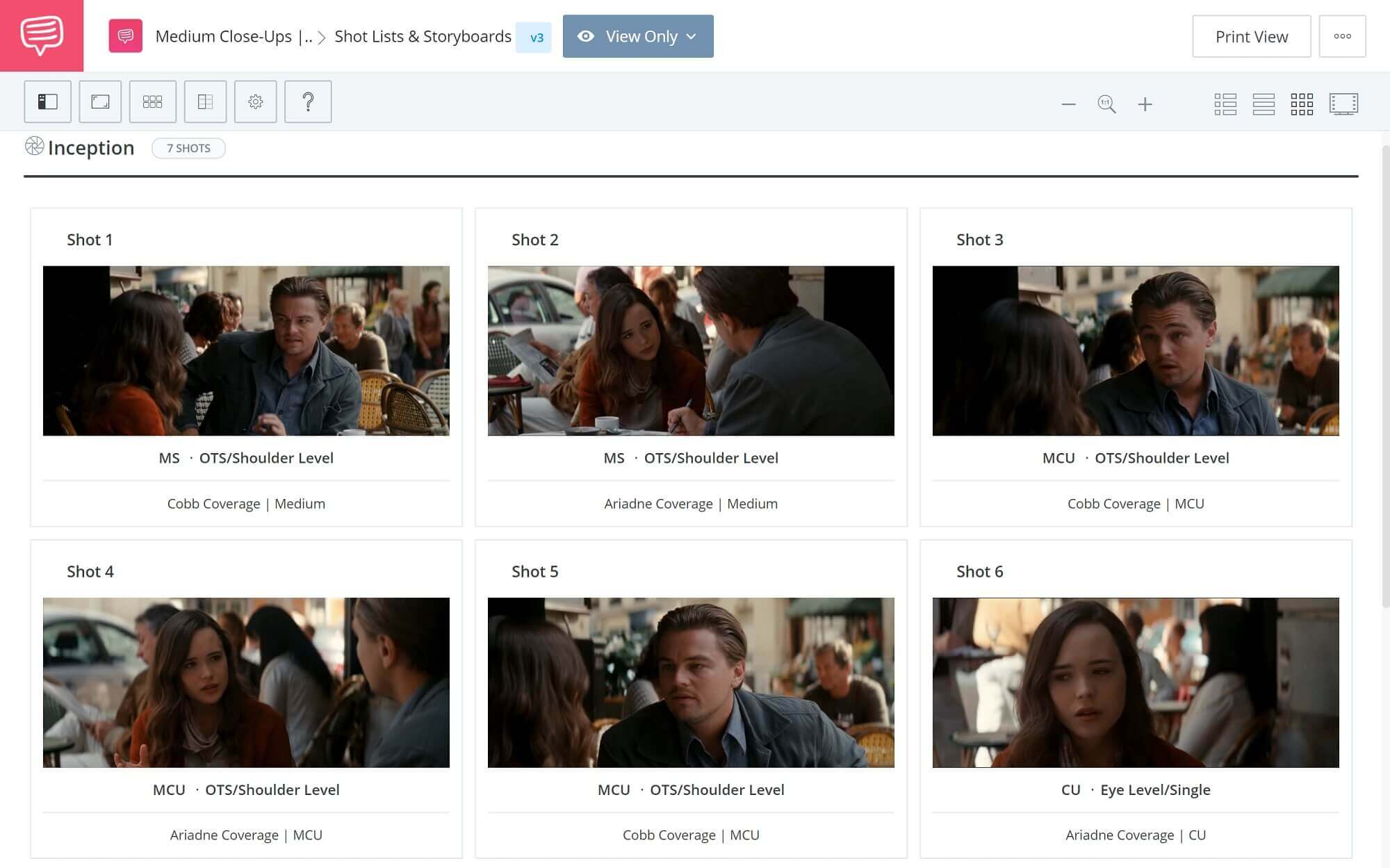
The Medium CloseUp Shot Creative Examples and Why They Work
A medium close-up shot, or MCU, frames a person from the middle of the torso to just above the head. It feels familiar because it offers roughly the same view you would have in a close conversation with another person. The medium close-up is intimate and encourages the viewer to empathize with the character at a time of heightened emotion.
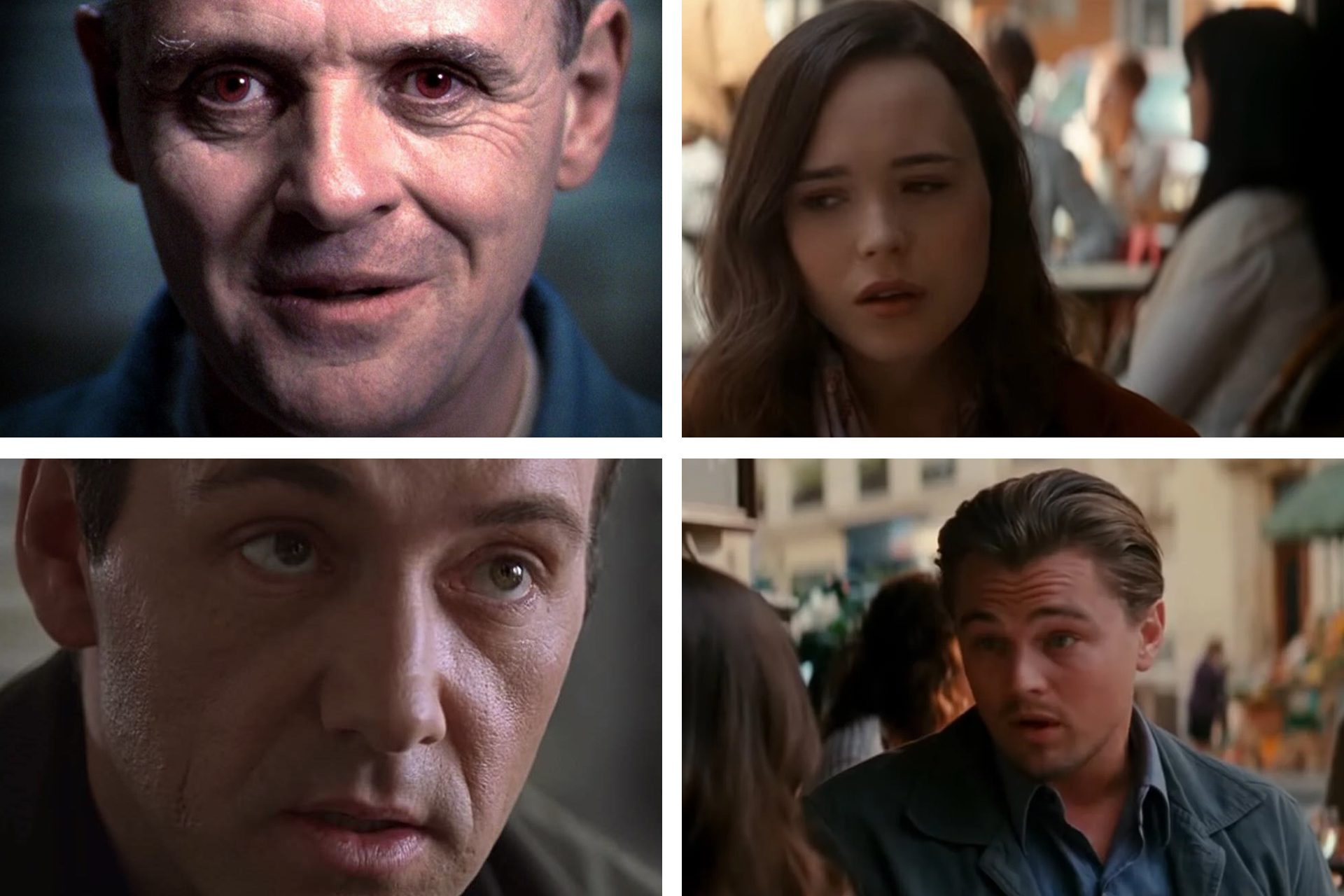
The Medium CloseUp Shot A Definitive Guide
Medium Close-Up Shot. A medium close-up begins at the subject's waist or the middle of their torso and stops just above the actor's head. The idea is that you get the intimacy of a traditional.

Media Foundation Portfolio Examples of Medium Close Up Shots
Medium shots. A medium shot captures the subject in more detail, whether it's a medium-long shot (3/4 shot) or a medium close-up (from the shoulders up). A traditional medium shot shows the subject from the waist up — the important part of the subject and some background. A medium close-up captures the subject from the shoulders up, giving.
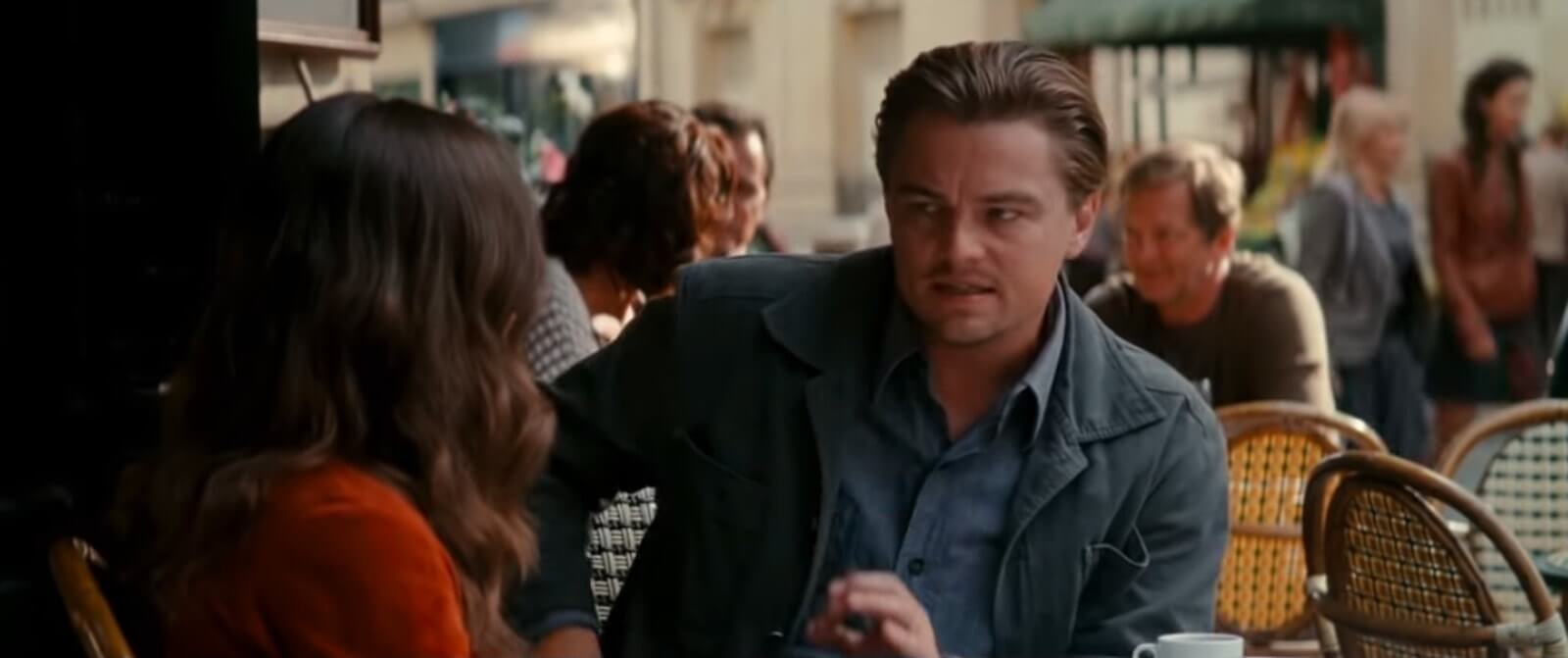
The Medium CloseUp Shot Creative Examples and Why They Work
A guide to camera shot sizes for filmmakers. A medium close-up of a character shows the person from approximately the chest or shoulders to the top of the head. Medium close-up shots are slightly wider than close-ups and closer than medium shots. As with all shots referring to the human body, the separation points between these shot sizes are.
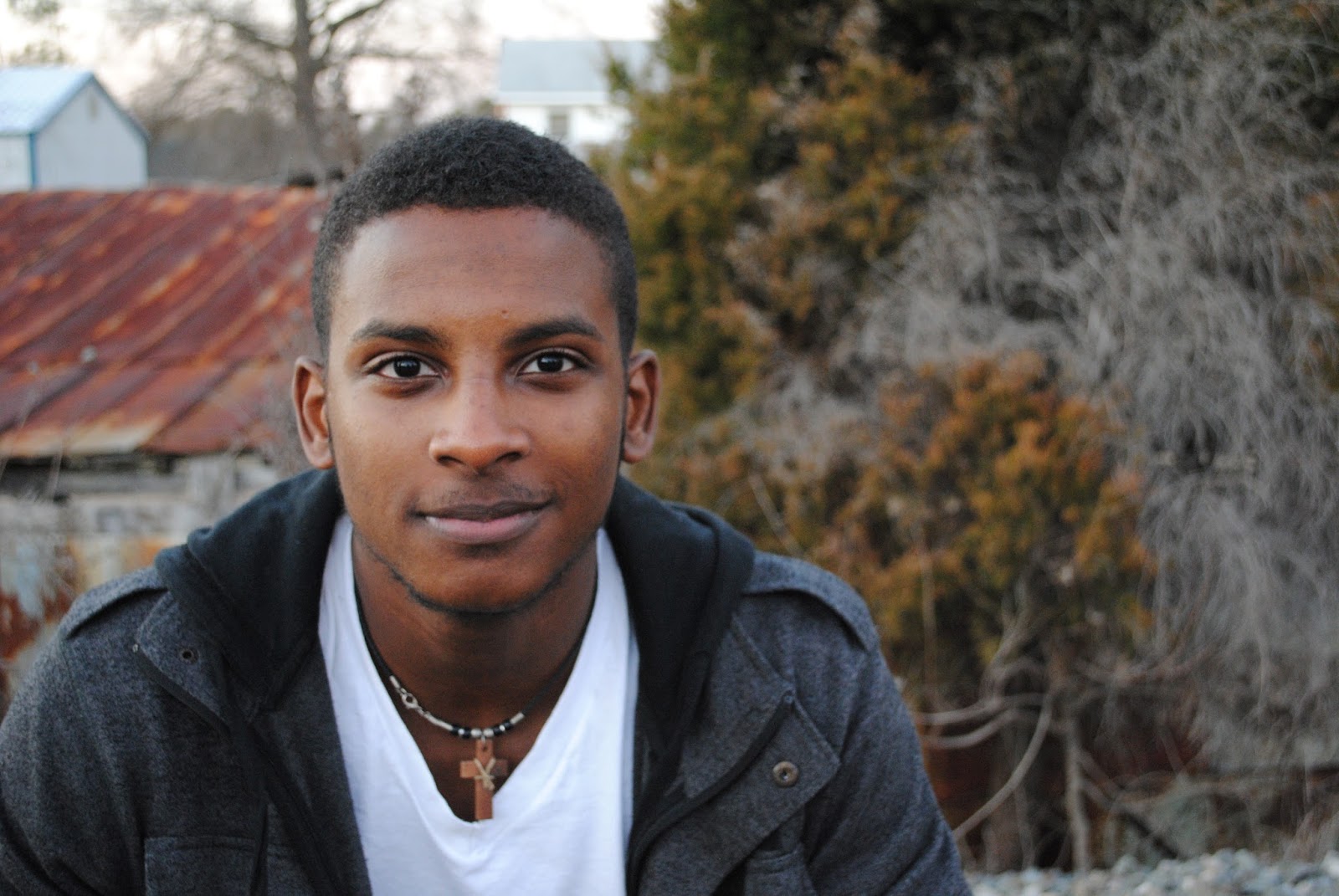
Media Foundation Portfolio Examples of Medium Close Up Shots
M edium close-up shots are a go-to for many directors, but understanding how to use them in the most effective way possible takes some finesse. We're going to discuss the medium close-up shot and why it's the preferred option when a close-up or a medium shot just won't do. Before we get too far, let's start with our ultimate guide to shot size for a refresher on the various options.

Victoria's Media Blog. Medium Close Up Examples
The Medium Close-Up, often called MCU, tightens the frame further, bringing the audience closer to the subject's emotional core. Framed from the chest up to the head, it allows you to delve into facial expressions and subtle nuances without delving too deeply into personal space. It's a sweet spot in storytelling, offering a nuanced view of.

Victoria's Media Blog. Medium Close Up Examples
A medium close-up shot is typically a shot taken from the chest up. It's also called an over-the-shoulder shot, which can be used to emphasize the importance of what another person or thing is doing in relation to the subject. The term "close-up" itself refers to any type of camera angle that zooms in on something and shows it as clearly.
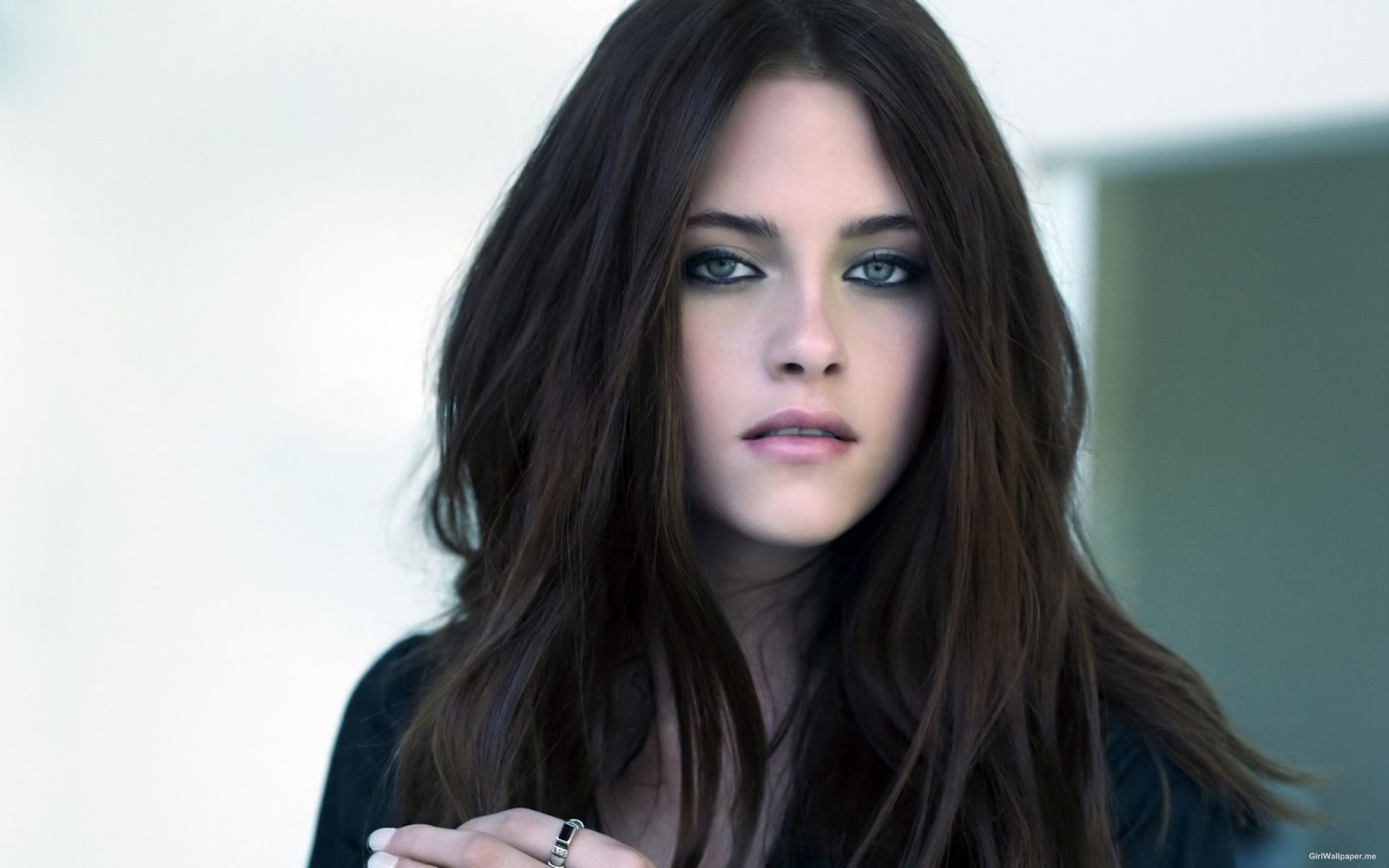
Examples of Medium Close up Shots
In cinema, photography, animation, comics, and other visual media, the close-up shot is the best way to show detail. While medium, long shots and extreme wide shots show the context of a scene, the close-up and the extreme close-up can reveal information that remains unseen from afar.
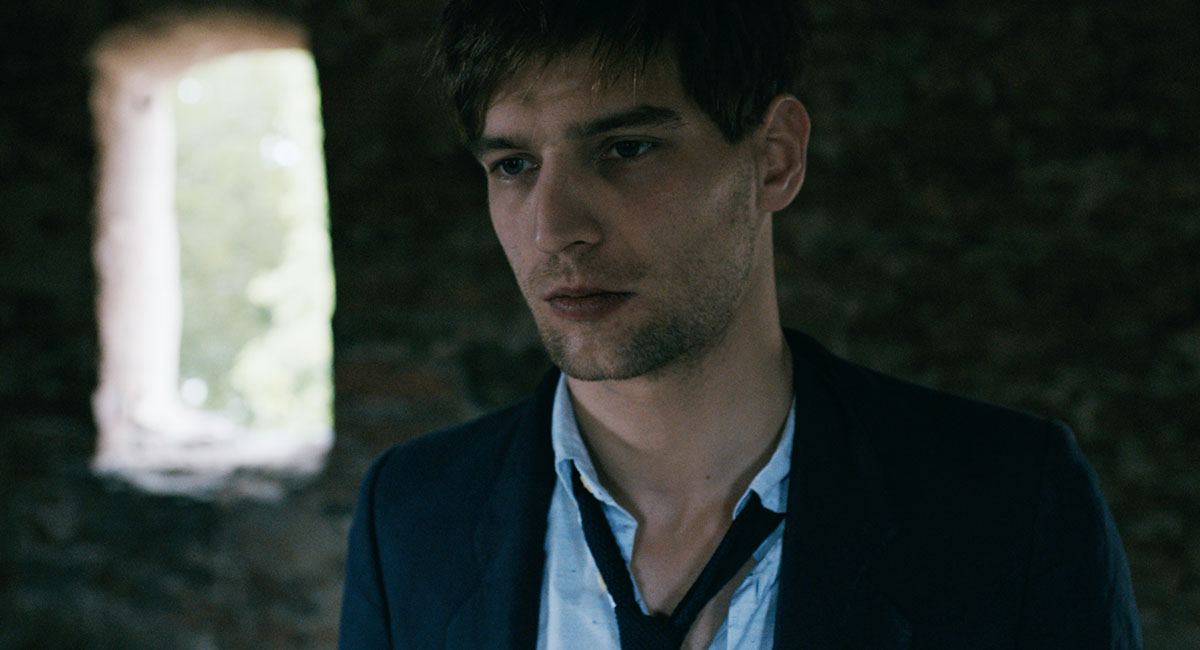
Medium CloseUp A guide to shot sizes for filmmakers
Extreme Close-Up Shot: This shot zooms in even further, often focusing on a specific part of the subject's face, like the eyes or mouth. It's used to capture subtle emotions or important details. Medium Close-Up Shot: A more relaxed version, it usually frames a person from the head to the shoulders, allowing for a balance of emotion and context.
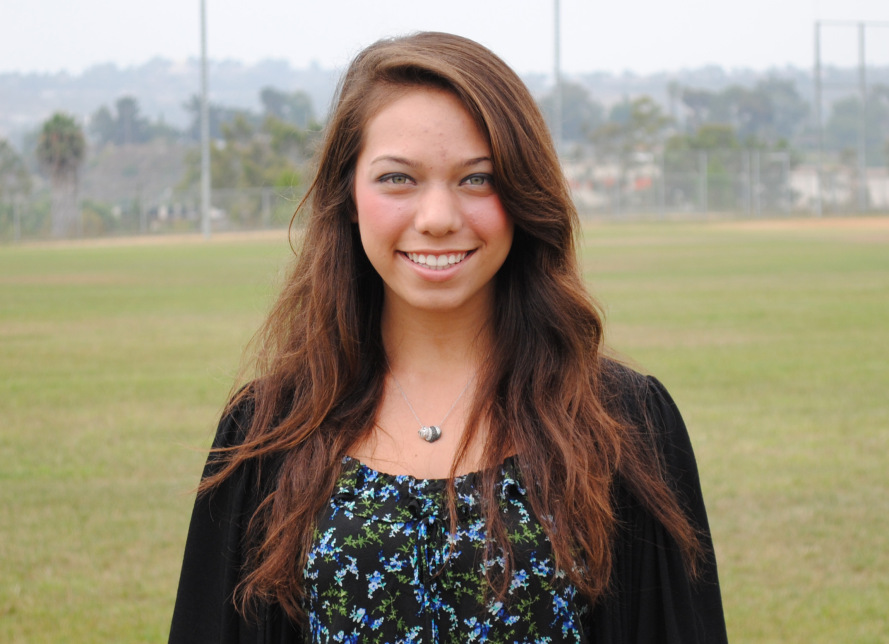
Media Foundation Portfolio Examples of Medium Close Up Shots
Medium shots are a camera technique that allows for more detail than close-ups but less detail than long shots. Medium shots often show the subject from the neck up and are used to emphasize facial expressions or emotional reactions. A medium shot is a camera angle that captures the subject from approximately to knee level.

Victoria's Media Blog. Medium Close Up Examples
The medium close-up camera shot size also keeps the characters eerily distant even during their face-to-face conversation. CLOSE-UP SHOT EXAMPLE 9. Close Up (CU) You know it's time for a close-up shot when you want to reveal a subject's emotions and reactions. The close-up camera shot fills your frame with a part of your subject.